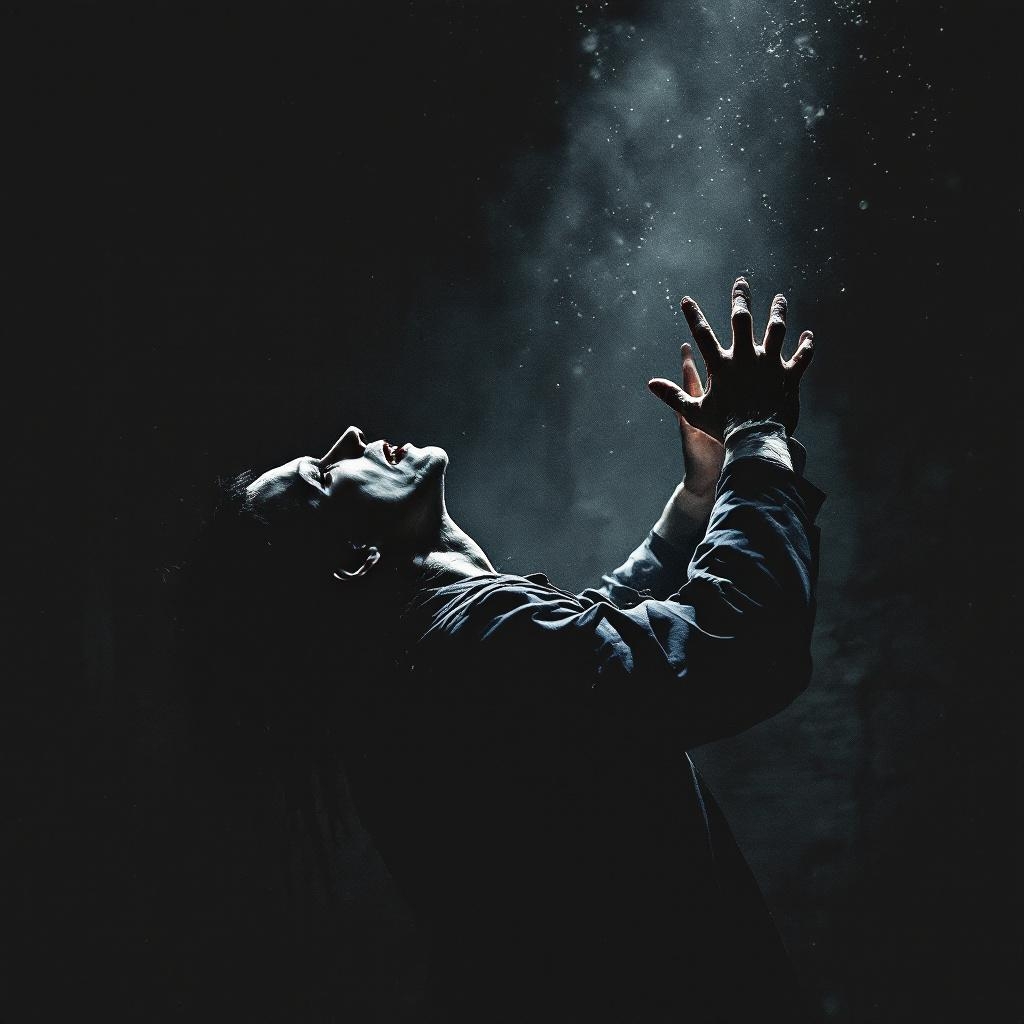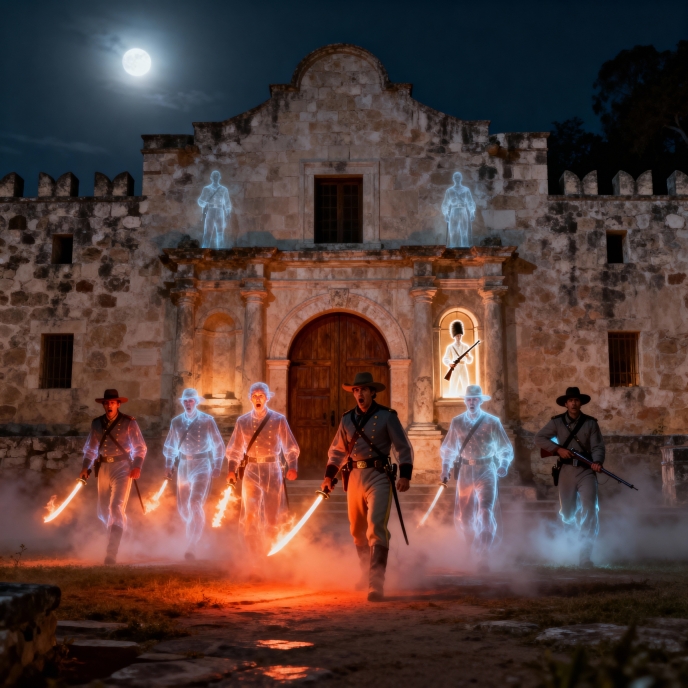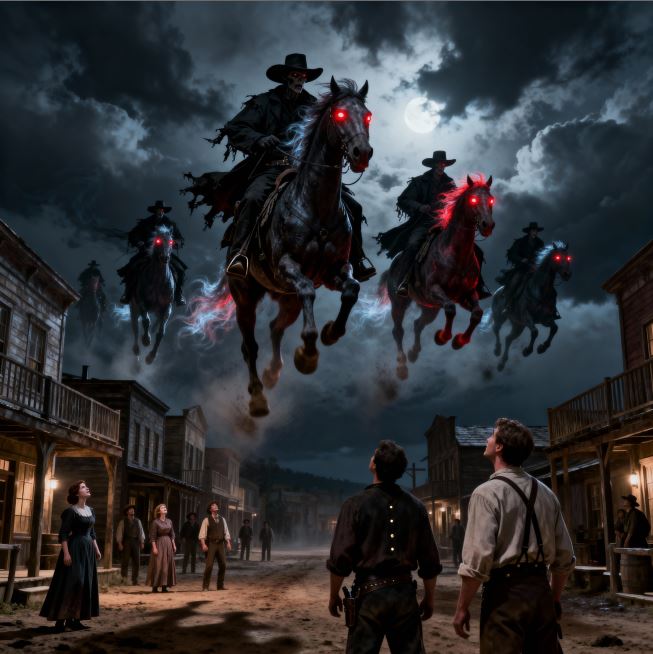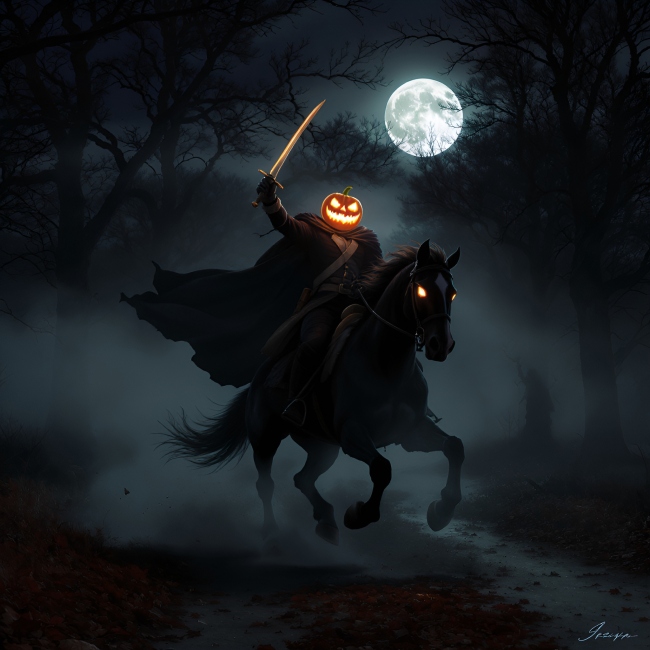
The Exorcist began as a novel written by William Peter Blatty, published in 1971. Blatty, who had a background in comedy writing, drew inspiration from an actual exorcism case that took place in 1949 involving a young boy known under the pseudonym “Roland Doe.” Reports of the event fascinated Blatty during his time at Georgetown University, and he believed it offered an opportunity to explore themes of faith, evil, and the power of the unknown.
The novel quickly became a bestseller, praised for its combination of horror and theological depth. It tells the story of Regan MacNeil, a twelve-year-old girl living with her actress mother, Chris MacNeil, in Georgetown. Regan begins to exhibit increasingly bizarre and terrifying behavior: speaking in strange voices, demonstrating superhuman strength, and engaging in shocking acts of obscenity.
After exhausting medical explanations, Chris turns to the Catholic Church for help. Two priests, Father Damien Karras, a troubled Jesuit psychologist, and Father Lankester Merrin, an experienced exorcist, conduct the exorcism. The battle between the priests and the demonic force becomes a confrontation of faith versus evil, with tragic consequences.
Blatty’s writing stood out because it treated the religious aspects seriously rather than as mere superstition, and it was deeply rooted in his Catholic background. The novel mixed suspenseful storytelling with philosophical questions about guilt, sacrifice, and the existence of God.
In 1973, Blatty adapted his novel into a screenplay, and William Friedkin directed what would become one of the most influential horror films ever made. Key cast: Ellen Burstyn as Chris MacNeil Linda Blair as Regan MacNeil. Jason Miller as Father Karras. Max von Sydow as Father Merrin.
The film closely follows the events of the novel but stands out for its stark realism and documentary-like approach. Friedkin’s direction and use of practical effects created some of cinema’s most memorable and unsettling scenes: Regan’s head rotating 360 degrees, her levitation, the spider-walk (added in later versions), and her voice distorted with eerie guttural effects.
The film’s special effects were groundbreaking for their time, and the makeup work by Dick Smith remains iconic. The chilling score, particularly the use of Mike Oldfield’s “Tubular Bells,” contributed to the atmosphere of the creepy. When released, The Exorcist became an instant cultural phenomenon, earning roughly $441 million worldwide (adjusted for inflation, making it one of the highest-grossing R-rated films ever). It was nominated for 10 Academy Awards, winning Best Adapted Screenplay for Blatty and Best Sound.
The film’s graphic content and religious themes provoked significant controversy. Audiences reportedly fainted, vomited, and fled theaters. Religious groups accused it of blasphemy, while others argued it was a profound exploration of faith under siege. The film’s success cemented horror as a serious genre in Hollywood, influencing countless works afterward.
Both the novel and the film have left a lasting legacy: Sequels and prequels: Including Exorcist II: The Heretic (1977), The Exorcist III (1990, written and directed by Blatty himself), and more recent attempts to reboot or revisit the story. Television adaptations: Such as The Exorcist TV series (2016–2017). Cultural references: The head-spinning scene, Regan’s voice, and the phrase “The power of Christ compels you!” remain part of pop culture. Beyond entertainment, The Exorcist opened broader discussions about the coexistence of science and religion, the fear of the unknown, and the nature of evil. The Exorcist, both as a novel and a film, endures not merely because of its horror but because it tapped into timeless questions about faith, innocence, and the darkness within humanity. Over fifty years later, it continues to haunt, challenge, and fascinate audiences around the world.
The inspiration for the novel came from an alleged 1949 American case of demonic possession of a 14 year old boy. The boy at the center of the case has long been identified under the pseudonyms “Robbie Mannheim,” “Roland Doe,” or simply “R.” His real name has never been officially confirmed, though later investigations suggest it may have been Ronald Edwin Hunkeler. He was born on June 1, 1935 into a German Lutheran family living in Cottage City, Maryland, a suburb of Washington, D.C. Much later on, Ronald Edwin Hunkeler married a woman and started a family. He named his first son Michael, after the saint he believed saved his soul. Mister Hunkeler worked for NASA for forty years starting in February of 1962, and among his many scientific accomplishments, he helped with the Apollo missions of the 1960s that put the USA Astronants on the moon in 1969. Ronald Edwin Hunkeler died on May 10, 2020.
The strange events reportedly began in January 1949. He was described as a quiet, serious boy, very close to his Aunt Harriet, who was a spiritualist and had taught him how to use a Ouija board. Shortly after Aunt Harriet’s death, the family began to notice odd phenomena: Scratching sounds on walls. Furniture moving by itself. Household objects levitating or being thrown. Robbie’s bed shaking violently at night.

The family initially turned to Lutheran ministers, thinking it might be poltergeist activity or psychological distress. Robbie’s family first sought help from their Lutheran pastor, who, after witnessing unexplained events, recommended consulting the Catholic Church. In February 1949, the boy and his family contacted Father E. Albert Hughes, a Catholic priest in Washington, D.C. Father Hughes reportedly attempted an exorcism at Georgetown University Hospital. Accounts vary, but during this ritual: Robbie allegedly broke free from restraints. He tore a spring from the bed and slashed Father Hughes’s arm from shoulder to wrist. Due to the incident’s violence, this first attempt was stopped.
At home, Robbie’s behavior worsened. Witnesses described: Scratches appearing on his body, sometimes forming words like “HELL” and “LOUIS”. His mattress moving as if something inside it was alive. Violent outbursts, guttural voices, and speaking in Latin phrases unknown to him. After the word “LOUIS” appeared, the family traveled to St. Louis, Missouri, where they had relatives.
In St. Louis, help came from two Jesuit priests: Father William S. Bowdern and Father Walter Halloran, both from Saint Louis University. They were joined by Father William Van Roo. The exorcisms took place mainly at: the home of Robbie’s relatives on Roanoke Drive and the old Alexian Brothers Hospital in St. Louis. The exorcism reportedly followed the Rituale Romanum, the traditional Roman Catholic rite. It lasted intermittently over weeks, with many sessions recorded in a detailed diary by one of the priests. During the sessions Robbie sometimes reacted violently, speaking in a deep, guttural voice Words like “EVIL” and “HELL” allegedly appeared scratched on his skin. Objects flew across rooms; beds shook. At one point, Halloran claimed Robbie broke his nose during a struggle.
In April 1949, during a particularly intense session, Robbie went into a trance. The priests claimed: He suddenly spoke in a calm voice, saying something like: “Satan, Satan, I am St. Michael, and I command you to leave this boy now.” After this, Robbie convulsed and then was still, telling the priests, “He is gone.” From that point, the phenomena reportedly stopped. Robbie recovered and returned to a normal life.
The priests involved rarely spoke publicly about the case. Father Halloran, in later interviews, confirmed witnessing unexplained events but was cautious about calling them supernatural. Robbie went on to live an ordinary life, marrying and having children,and being a very important NASA engineer and an inventor who patented a special technology to make space shuttle panels resistant to extreme heat in the 1960s.
Researchers and skeptics have suggested alternative explanations: Psychological illness (possibly dissociative identity disorder or trauma). Exaggeration or misinterpretation of events by frightened family and clergy. Media sensationalism in reports from The Washington Post and others.

Skeptics reviewing the historical record found that most details about Robbie’s case were second- or third-hand reports. The priests did keep a diary, but it wasn’t contemporaneous: it appears to have been compiled after the events.The diary contained dramatic claims (e.g., scratches spelling out words, beds levitating) but lacked corroborating evidence outside the priests’ circle. Witness accounts often contradicted each other on important details, like how the boy behaved or what was actually witnessed.
Skeptics argue that the boy’s behavior—cursing, entering trances, violent outbursts—could fit known psychological conditions:Adolescent mental illness: Possible dissociative disorder or severe emotional trauma. Attention-seeking or family dysfunction: Some suggest the boy’s actions escalated because they were met with intense attention from adults, clergy, and relatives. Possibility of abuse: Some researchers have speculated (without direct evidence) that the boy may have been reacting to family stress or abuse.
No credible, impartial observers (doctors, scientists, or journalists) witnessed the dramatic supernatural claims: The “words” and “scratches” on the skin were only reported by family members and priests. No medical documentation of the scratches or other injuries has surfaced. Reports of objects moving or the bed shaking relied entirely on those involved in the exorcism, who were already convinced that possession was occurring.
Skeptics highlight that the priests, family, and Robbie himself were devout Lutherans and Catholics, deeply believing in evil spirits. The suggestion that he was possessed could have strongly influenced the boy’s behavior, especially at a young, impressionable age. The exorcism rituals may have reinforced the idea that he was possessed, leading to an escalation of symptoms.
Some researchers—including Mark Opsasnick, author of Possessed: The True Story of an Exorcism—found: Neighbors and classmates of the boy had never heard of the dramatic incidents at the time. There is no record of police calls, damage to the house, or other evidence of the supposed chaos. Many details that appear in popular versions (like “flying furniture” and “speaking in ancient languages”) are absent from the earliest reports.
Opsasnick and others discovered: The boy’s behavior and the claimed supernatural events stopped when he returned home, before the final exorcism supposedly concluded. There were multiple locations: Maryland and Missouri. Some skeptics think this geographical shift helped the legend grow because it fragmented eyewitness knowledge and made it harder to verify what actually happened.
While believers see the case as evidence of genuine possession, skeptics conclude: The evidence is almost entirely anecdotal. There are natural explanations (mental illness, family dysfunction, suggestion, hoaxes). Over time, re-tellings became increasingly dramatic, especially once the case inspired The Exorcist.
Ultimately, the skeptical view is that the Robbie Mannheim case is a fascinating cultural and psychological story—but that the dramatic claims of supernatural activity don’t withstand critical scrutiny William Peter Blatty, then a student at Georgetown University, heard about the case from a professor who had access to the priest’s diary. Blatty adapted the basic story, changing: the possessed person to a young girl (Regan), the setting and many details, adding dramatic and fictional element.
Regardless of the true cause, the 1949 case remains one of the most famous alleged exorcisms in modern history and directly inspired one of the most influential horror stories ever written.





